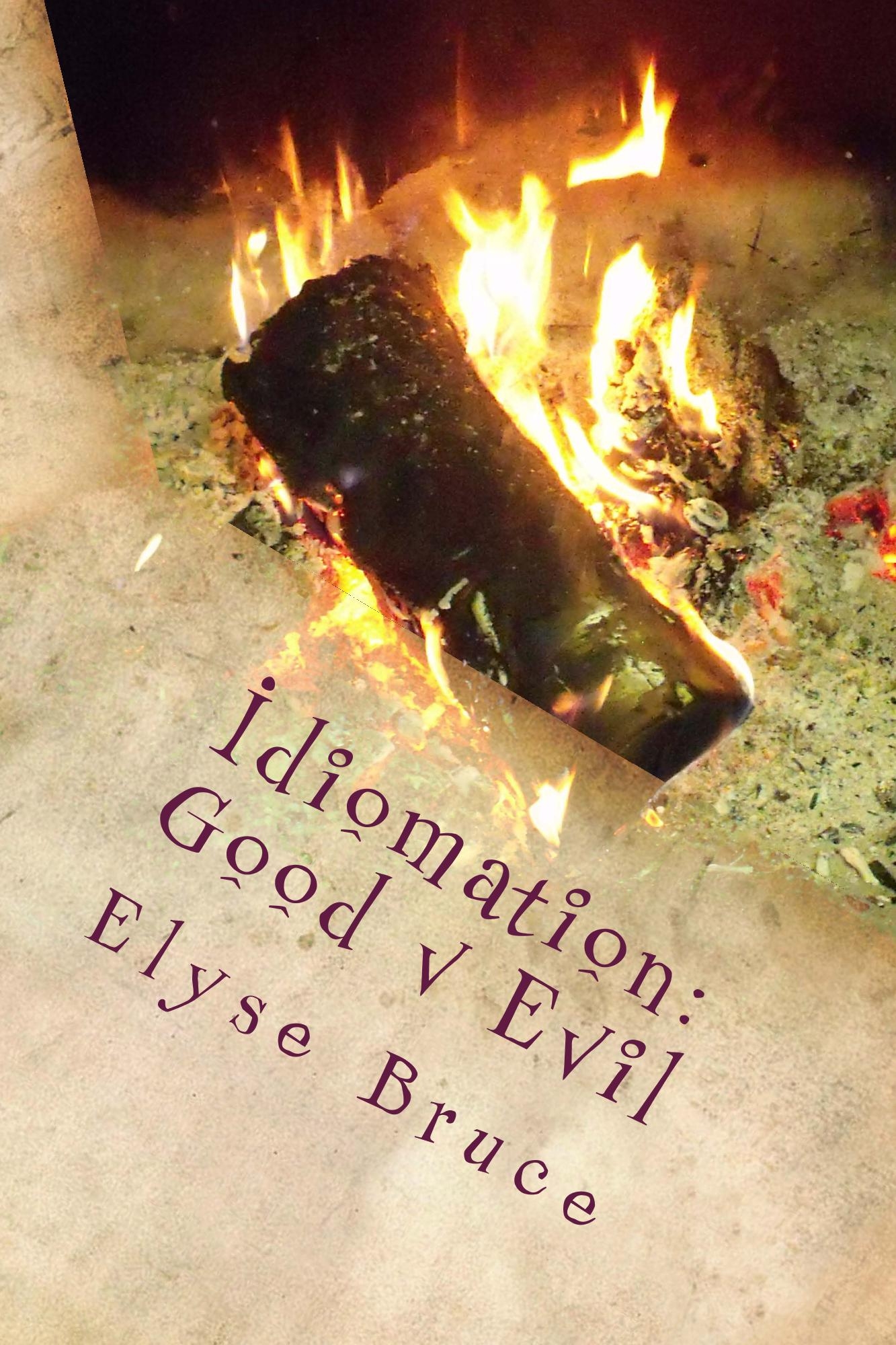Herbert Kalmus had hoped to be a concert pianist, a career choice cut short by a sports injury. He enrolled at the Massachusetts Institute of Technology, where he studied physics and chemistry. In 1912 the firm of Kalmus, Comstock, and Wescott was formed by Herbert Kalmus and Daniel Comstock, graduates from M.I.T. and W. Burton Wescott, a self-educated mechanical genius according to all news accounts.
In 1916 and 1917, Kalmus, Comstock and Wecott worked long and hard to overcome a number of technical problems involved with a very promising film process they invested. The end result of the work was a set of technologies Kalmus called Technicolor. The new word was a hybrid of the Greek word techne which meaning “art” and the the English word color.
The original Technicolor colour process (1917 – 1922) was a 2-colour additive system using a conventional black and white record that ran through a special projector with 2 apertures as well as lenses with colour filters to tint the film. This technology was hailed by everyone within the movie industry and in the general public as one of the greatest technological advances.
The Technicolor colour cement print (1922 – 1927) was a subtractive process that allowed cameras to film at a rate of 32 frames per second with 15 pairs of red and blue-green records. It did away with the need for filters, which was a major problem with the original Technicolor process and allowed for colours to be reproduced with greater accuracy. The first feature film made in Technicolor System 2 was “Toll of the Sea” produced by Joseph Schenk. The film premiered in New York City in November 1922 and its success was Technicolor‘s first profitable venture since the company was founded in 1915.
But the love affair between the general public and Technicolor wasn’t always universal. Back on December 28, 1924 Mordaunt Hall reviewed the movie “So This Is Marriage” for the New York Times and gave a negative critique of the color technology:
Although the Technicolor section of “So This Is Marriage” is beautiful, it is questionable whether it adds much to the picture. Often such ideas detract from the actual interest in the story, whether the narrative supposed to be told by one of the characters is in color or not.
The Technicolor two-color dye transfer print (1927 – 1933) was the next step in Technicolor’s evolution. Instead of a duplicate negative that would be dyed and cemented to the black and white negative, everything was generated from the camera negative. This process also accommodated the addition of sound to film as the shift went from movies to “talkies.”
In 1930, Technicolor had contracts for 36 features — 15 of which were with Warner Brothers. Of those 15 Warner Brothers movies, 11 were full colour movies and not just black and white movies with colour sequences. Technicolor would soon be responsible for classic films such as The Wizard of Oz and Gone with the Wind.
The Technicolor three-strip print (1932 – 1955) saw the completion of the first “glorious technicolor” camera in 1932 that would make this process possible. As a side note, the “glorious technicolor” camera cost in excess of $30,000 USD. In 2010 terms, it takes approximately $13 to equal the purchasing power of $1 back in 1932.
Kalmus approached Walt Disney with the offer to allow Disney to use the new 3 color process for the first time. Disney jumped at the idea and his first Technicolor movie, Flowers and Trees, was a resounding success with the public due, in large part, to the vibrant colours coupled with the engaging story and symphonic sound track.
It didn’t take long before movies made in technicolor made the most of that fact. When “Her Jungle Love” starring Dorothy Lamour and Ray Milland was released in theatres, ads ran in all the newspapers. On the last night it was playing at Petone State Theatre back in 1938, the advertisement in the Wellington (New Zealand) Evening Post newspaper read:
FINALLY TONIGHT, at 8 o’clock.
DOROTHY LAMOUR, RAY MILLAND in
— “HER JUNGLE LOVE” —
All in Glorious Technicolor. The “Jungle
Princess” in a picture of action, romance,
and thrills.
On this side of the ocean, the Tuscaloosa News was busy promoting the movie “Men With Wings” — which also starred Ray Milland along with Fred MacMurray, Louise Campbell and Andy Devine — and not only did the word “technicolor” show up the advertisement’s headline but in the accompanying description of the movie as well:
Here they come! … Roaring into Tuscaloosa! MEN with WINGS in glorious TECHNICOLOR! For the first time on any screen, and in the heart-throbbing reality of Technicolor … the mighty story of America’s flying fools, gentlemen unafraid! The whole thundering parade of American aviation, told in the heart-stirring, blood-pounding, tense human story of two boys and a girl whose romance is the romance of aviation itself.
From descriptive terms such as “heart-throbbing” and “blood-pounding” describing Technicolor movies, it’s easy to see that the general public began to associate vivid colors splashed on the big screen and, in time, with any larger-than-life collection of vivid colors found in real life and the term itself.

